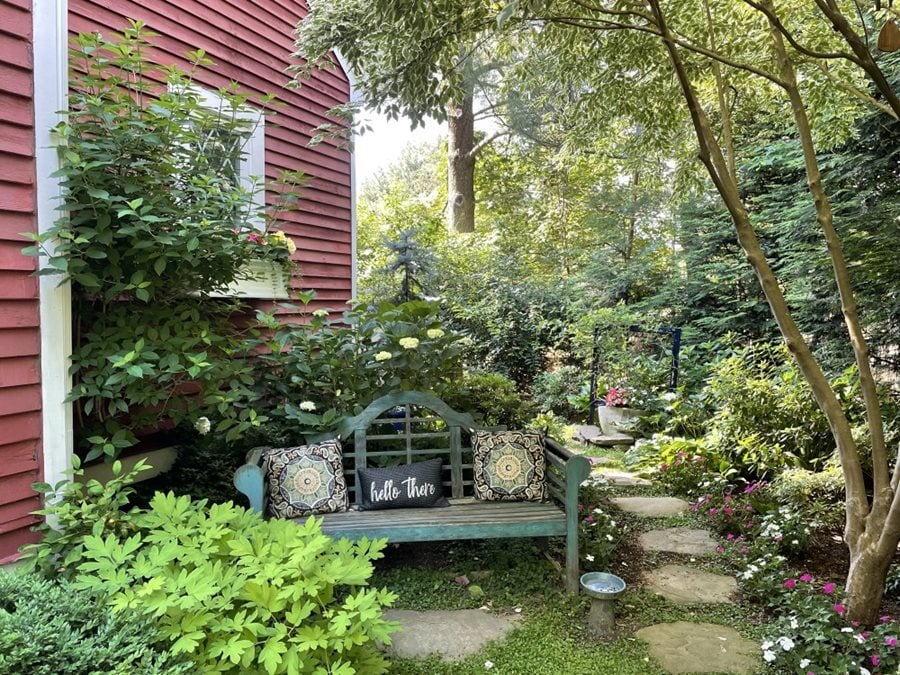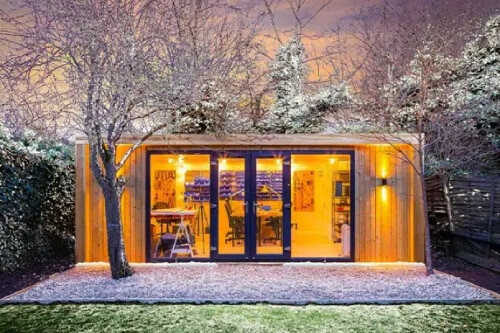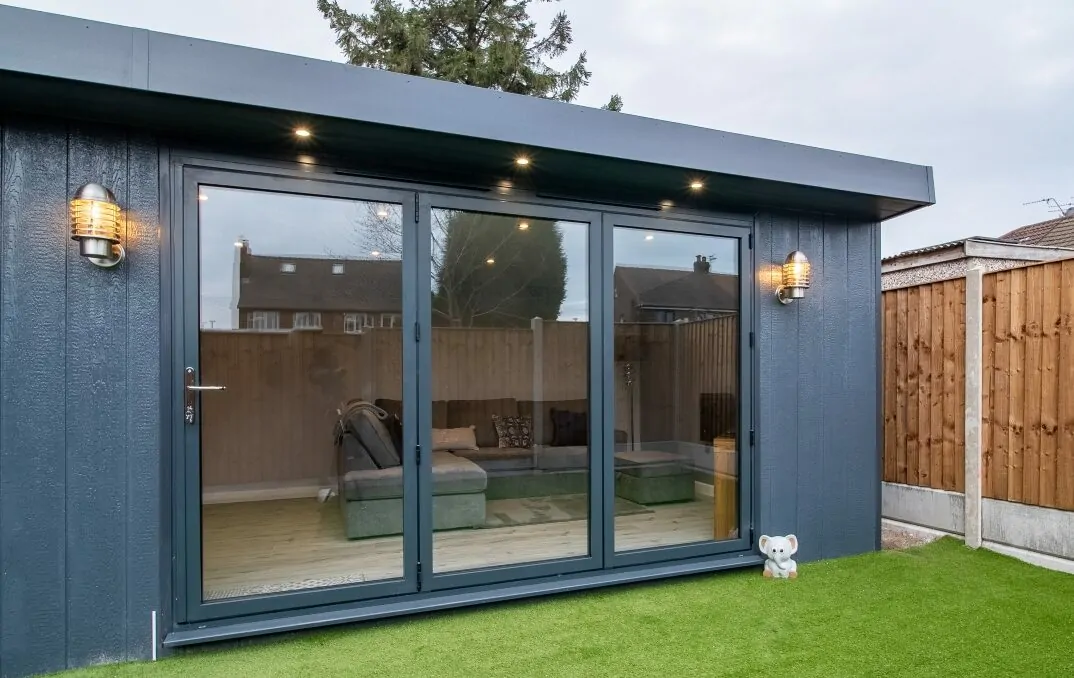Excellent Advice For Planning Permission For Garden Extension
Excellent Advice For Planning Permission For Garden Extension
Blog Article
What Planning Permission Are You Required To Obtain For Your Gardens, Etc. In Terms Of Change Of Use?
Planning permission is required to construct gardens, conservatories or outhouses. Here are the main considerations for a planning permit related to changing the use of a property change from non-residential to residential
In most instances the planning permit will be required to convert non-residential buildings (such as garages or agricultural buildings) to residential areas or gardens offices. This is because there could have to be a change of use classification.
Garden Rooms as living spaces:
Use of a room in the garden as an individual living space (e.g. guest house or rental unit) is considered a change of usage. It is essential to obtain permission to plan the area in order to make sure that the building meets the residential standards.
Business Use:
Planning permission may be required if your intention is to make use of the garden, conservatory, extension and so on. for business reasons (e.g. as an office within an office at home with frequent visitors and employees). This is due the possible impact on the neighboring area including noise, parking and traffic.
In the Education System or the Community:
The conversion of a garden structure into a community or educational space (such as the use of a meeting room or classroom) is also a requirement for permission for planning. Local councils will be able to determine the suitability and impact of the proposed location.
The impact on local infrastructure:
Typically, any change to use that impacts the local infrastructure (such as roads, drainage or other public services) requires planning approval. The decision will be made by the local planning authority in the process of applying for permission.
Dual Use:
In the case of properties that are mixed-use (e.g. residential and commercial) A permit for planning is typically required to define clearly the various purposes.
More Traffic and Footfall:
The local planning authority has to be able to sanction the plan if it is likely to lead to an increase in footfall or traffic.
Building Regulations:
It is vital to keep in mind that even though a change in usage is not required to obtain the approval of a planning permit, it must be in compliance with all construction codes and regulations. These are necessary for the safety of people and their health, as well as for energy efficiency. It is of particular importance when it comes to conversions into habitable areas.
Environmental Impact:
Planning permission will be required for any changes to the usage that could impact the environmental. An example would be converting an agricultural field into residential space. Planning applications can include an environmental assessment.
The impact of community amenities and Communities:
The impact on community amenities as well as the overall character of the neighborhood is an important consideration. Planning permission is required for the conversion of a garden into a café for instance for the purpose of aligning it with local plans and preserve local amenities.
Designated Zones
Changes in use are strictly controlled in designated areas such as National Parks or Areas of Outstanding Natural Beauty. This is to preserve the character and beauty of these areas. In these instances, you need planning permission.
Local Planning Policies
Local authorities for planning have guidelines which vary greatly regarding how they handle changes of use. It is important to review these guidelines to determine what types of changes can be permitted and what requirements need to be fulfilled.
Summary The need for planning permission is essential to make any significant change to the usage of an extension or conservatory. This includes garden rooms, conservatories or extensions. It ensures the new use is suitable for the area, complies with the local and national guidelines and addresses any possible impact on the environment or community. Contact your local planning authority as early as possible during the planning stage to identify the necessary requirements and get the necessary approvals. Follow the top rated harpenden garden rooms for blog recommendations including garden office, outhouse for garden, out house, garden rooms hertfordshire, Tring garden rooms, garden rooms, out house for garden, garden rooms in St Albans, composite garden rooms, garden rooms hertfordshire and more.
Concerning Listed Buildings, What Kind Of Planning Permission Do You Required To Get For Gardens, Rooms And So On?
There are stricter rules and guidelines to follow when deciding to build conservatories or garden rooms on the site of a historic building. These are the most important aspects of planning permissions for these types of projects A Listed Building Consent is required:
Any alteration, extension or new construction within the curtilage of a listed structure typically requires a listed building consent as well as planning permission. This is due to the fact that any changes could impact on the particular character or interest of a listed structure.
The impact on the historical character
Planning permission is required for any new or extension construction that may affect the appearance or character of a listed structure or setting. This applies to outbuildings and garden rooms.
Design and Materials
The style and material of the new structure should be consistent with the historical and architectural significance of the building that is listed. Planning permission is required if structure's design and materials aren't traditional.
Closeness to the Listed building:
New structures constructed near heritage sites are inspected to determine their effect on the setting and appearance. If they don't impact the character of the building, planning permission will need to be obtained.
Size and Scale
The size and scale should be in proportion to and compatible with the listed structure. The bigger structures will require more precise evaluation and approval for planning.
The location of the property
Planning permissions can be affected by the site of a new structure, regardless of whether it is front, to the side or at the rear of a listed structure. Places that are easily visible or have a major influence on the building's principal views will typically be the subject of a thorough examination.
Internal Changes
Even if it is an unattached structure, any modifications to a listed structure (such a creating new entry points) need planning permission and listed-building consent.
Conservation Area Overlap
If the building is within a conservation area additional restrictions are in place. Planning permission is needed in order to make sure that the conservation area and listed building rules are met.
Use of Building:
Planning permission may be required according to the purpose of the garden room or outbuilding. The usage of an outbuilding or a garden area which implies a significant modification to the property such as a residential apartment or commercial space is subject to greater scrutiny.
Structural Impact:
All constructions that might alter the structural integrity a listed building require both the permission to plan and the listed-building permit. This will ensure that both existing and new structures are able to be safely integrated.
Local Authority Guidelines:
Local authorities will often provide specific guidelines for listed buildings, which define the kinds of construction and modifications that are allowed. These guidelines must be implemented with permission from the planning department.
Professional Assessments
Proposals for work on listed buildings typically require extensive assessments by conservation professionals. These assessments help determine if modifications proposed are appropriate and also to justify the application for planning permission.
It is crucial to remember that planning approval or listed building consent will almost always be required for the construction of garden rooms, conservatories and outhouses as well extension or garden offices as well as garden offices incorporated into listed properties. Talking to your local planning authority and heritage experts before beginning the planning process is vital to ensure compliance with all applicable regulations and to ensure the historical and architectural integrity of the property. Take a look at the best garden office near me for blog info including garden room or extension, garden rooms hertfordshire, costco garden office, outhouse garden, outhouse uk, armoured cable for garden room, garden room permitted development, garden room permitted development, garden rooms hertfordshire, garden out house and more.
What Planning Permission Are You Required To Get For Your Garden Rooms Etc.?
If you're planning to build gardens, conservatories outhouses or an extension or office the design and appearance will play a major role in determining whether you need planning permission. These are the most important aspects to take into account: Compliance with Permitted Development Rights:
Planning permission may be unnecessary in the event that you are able to construct the structure within the allowed development rights on your property. There are certain design and aesthetic criteria which must be met.
Size and Scale
The size and scale of the new structure must be in proportion to the property's existing size and surrounding buildings. For structures that are larger than the permitted development rights need planning permission.
Massing and height
The size and height of the new structure must be in line with the size of the existing property and the surrounding buildings. Planning permits are typically needed for buildings that are over height restrictions or are outscaled to the surrounding area.
Materials and finishes:
The material and finish chosen must be in sync with the existing structure and the surrounding area. The materials selected may have to be approved by the authority responsible for planning if they are out of nature with the surrounding buildings.
Design Harmony:
The design of the proposed structure should harmonize with the architecture of the current building and the property's surrounding structures. If the design proposed is out of harmony with the style and design of the area the planning approval is required.
Roof Design
The design of the roof should be in harmony with the architectural style and look of the property or building. Planning permission may be required if the proposed roof design is not keeping with the local character and appearance.
Fenestration is the term that is used to describe windows and doors.
The layout and design of windows and entrances should be compatible with the existing building and surroundings. Planning permission might be needed in the event that the proposed fenestration design is not in keeping with the local culture and appearance.
Facade Treatment:
The facade treatment should be harmonious with existing properties and buildings. If the proposed style of the facade isn't compatible with the local look and design, planning permission may be needed.
Landscape and its surroundings
The landscaping should complement existing structures and properties. Planning permission could be required if the proposed landscaping is not in keeping with the local character and appearance.
Visual Impact
Visual impact on the surroundings of the proposed structure should be limited to a minimal level. Planning permission may be needed in the event that the proposed structure will have a an adverse visual impact on the surrounding area.
Heritage and Conservation Areas
The requirements for appearance and design are more stringent if the property is situated within a conservation area for heritage. Any new structure that does not meet these requirements may require planning permission.
Planning and architectural guidelines:
Local planning authorities usually have design and style guidelines that must be adhered to. Planning permission may have to be sought when a proposed building doesn't comply with the guidelines.
In the end, the style and aesthetics of a structure can determine whether or not planning permission is granted. It is essential to consult in advance with local authority to decide if planning permission is required and ensure that your design fits with the local guidelines on character. Read the most popular outhouse garden rooms for more info including outhouse uk, garden room or extension, garden rooms brookmans park, out house, outhouse garden, garden room planning permission, gym outhouse, my outhouse, outhouse buildings, garden rooms hertfordshire and more.